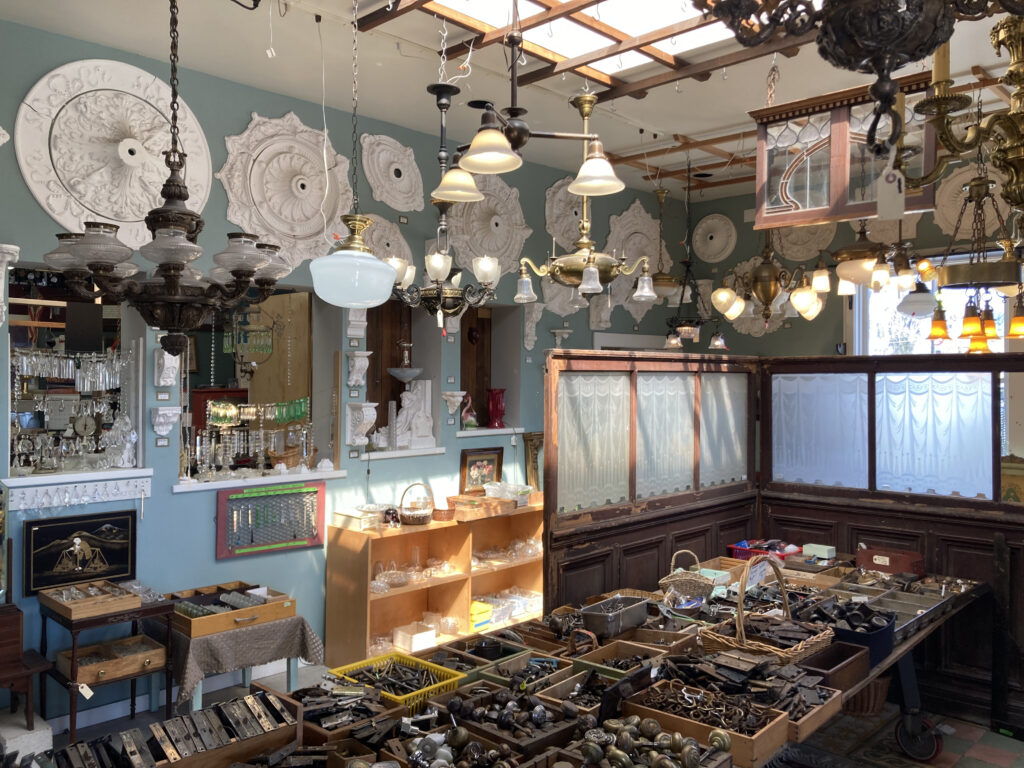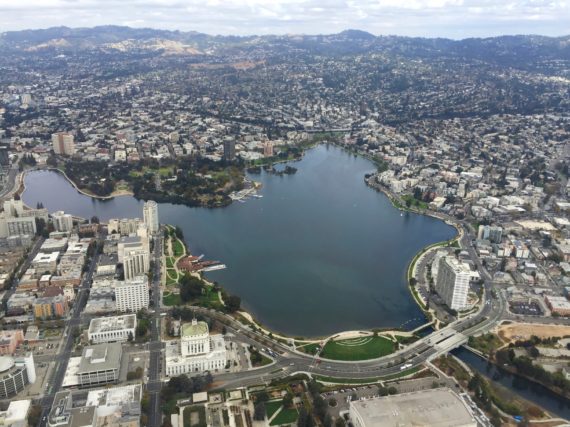These days the East Bay’s waterfront is lined with parks, restored wetlands, marinas, and beaches, but for most of the twentieth century this shoreline was a dirty, dangerous wasteland. Factories stretching from Emeryville to Richmond treated the San Francisco Bay as a garbage bin. The habit of using the Bay as a dump was so common in Berkeley that the city legitimized the practice by creating a massive landfill on its western border in 1923. Beneath the idyllic grassy hills of Cesar Chavez Park and the bird-filled marshes of McLaughlin Eastshore State Seashore lay hidden mountains of trash.
The transformation of this area from a leaky dump into a beautiful site for recreation and nature, a controversial process that unfolded over several decades, has been well-documented. Less has been said about the day-to-day activities of the landfill before its closure in 1983. Although the dump was a loud, smelly, wind-blasted environmental hazard, some of the people who worked there still carry fond memories of the place, and several significant Berkeley institutions emerged from friendships that were nurtured in that toxic soil. This episode explores the interconnected stories of folks who remember “the pit” long before it was turned into a park.
First, you’ll hear from Margie Ellis and her daughter Ruby Quintana, whose family were the unofficial managers of the landfill from the mid-1960s until the early 1980s. Then Martin Borque, executive director of The Ecology Center, and Dan Knapp, co-founder of Urban Ore, will discuss the dump’s connection to Berkeley’s pioneering recycling movement, as well as a consequential battle over a proposed incinerator. Finally, Katherine Davis and Steve Smith of the recently closed Ohmega Salvage, will explain how lessons learned at the dump informed a lifelong dedication to combating the wastefulness of contemporary culture. Listen now via Apple, SoundCloud, Spotify, or wherever you get podcasts. Music for this episode was generously provided by Pacific Bells.
East Bay Yesterday can’t survive without your donations. Please make a pledge to keep this show alive: www.patreon.com/eastbayyesterday




East Bay Yesterday can’t survive without your donations. Please make a pledge to keep this show alive: www.patreon.com/eastbayyesterday




